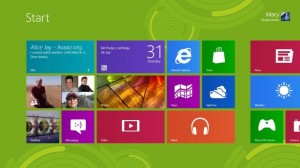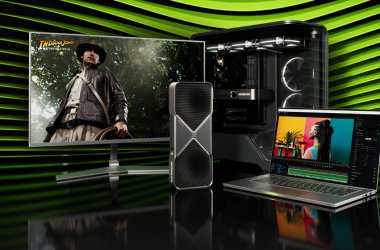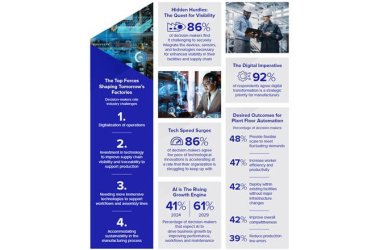 Windows 8, the next major upgrade of Microsoft’s operating system for PCs, tablets and laptops, will be released to manufacturers in August and will ship commercially in October, the company announced yesterday.
Windows 8, the next major upgrade of Microsoft’s operating system for PCs, tablets and laptops, will be released to manufacturers in August and will ship commercially in October, the company announced yesterday.
Microsoft had previously said that the OS would be commercially available before the end of the year but hadn’t given a firm shipping date.
When Windows 8 is released to manufacturers (RTM), Microsoft will also activate the Windows Store and start charging for applications, which during the test period have been free, the company announced at its Worldwide Partner Conference in Toronto.
In a keynote appearance at the conference, Microsoft CEO Steve Ballmer said that this is “an epic year” for Microsoft because of all the new product upgrades it’s delivering, in particular Windows 8, which he called “the biggest deal for our company in at least 17 years.”
Windows 8 will hit its RTM milestone in early August and will begin shipping commercially in late October, according to Microsoft. Those dates apply not only to the Windows 8 version for x86 chips from AMD and Intel, but also for Windows RT, the Windows 8 version that will run on ARM-based devices. Windows RT will ship embedded with its devices, which will be made by Microsoft and third-party hardware partners. It will not be sold as a stand-alone OS like Windows 8 for x86.
At the time of commercial availability, Windows 8 will also be available for upgrades for people with PCs running Windows 7, Windows Vista and Windows XP. Microsoft has already provided details about upgrade options and prices.
Enterprise customers who participate in the Software Assurance program will get access to Windows 8 as early as August via download, according to Microsoft.
The RTM and shipping dates didn’t come as a surprise to at least two analysts.
“The dates are where we would expect them to be,” said IDC analyst Al Gillen. “Microsoft had to hit an August RTM for Windows 8 devices to be ready for the holiday shopping season.”
Gillen doesn’t expect enterprises to rush to adopt Windows 8, primarily because most enterprises have either recently migrated or are in the midst of migrating to Windows 7.
It will be a different story in the consumer market, where makers of PCs, laptops and tablets will quickly adopt Windows 8, making it difficult for individual buyers to find a Windows 7 machine in a matter of months after the new OS becomes available, he said.
Michael Silver, a Gartner analyst, also said the milestone dates are in line with his expectations, and that he doesn’t see CIOs and IT managers hurrying to roll out Windows 8 to their users.
It will take many months for software vendors to support their products on the new OS, including makers of VPN systems, IT management products, security wares and the like.
“Meanwhile, many are still trying to upgrade their Windows XP PCs,” he said via email. “For users that are interested in tablets, organisations may look to Windows 8, but for most PC users, they need to concentrate on Windows 7.”
In fact, Windows 8 may never reach critical mass in the enterprise. “You’ll likely see some good enterprise uptake on tablets/hybrids by late 2013 or early 2014, but by then we’ll also likely be seeing betas of Windows 9,” Silver said.
Windows 8 will be available in 109 languages and 231 markets worldwide.
To date, Microsoft has sold more than 630 million licenses of Windows 7, and more than half of enterprise desktops today are running it.





